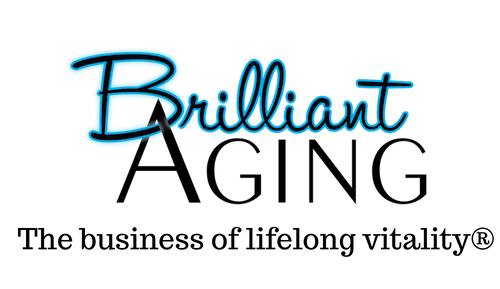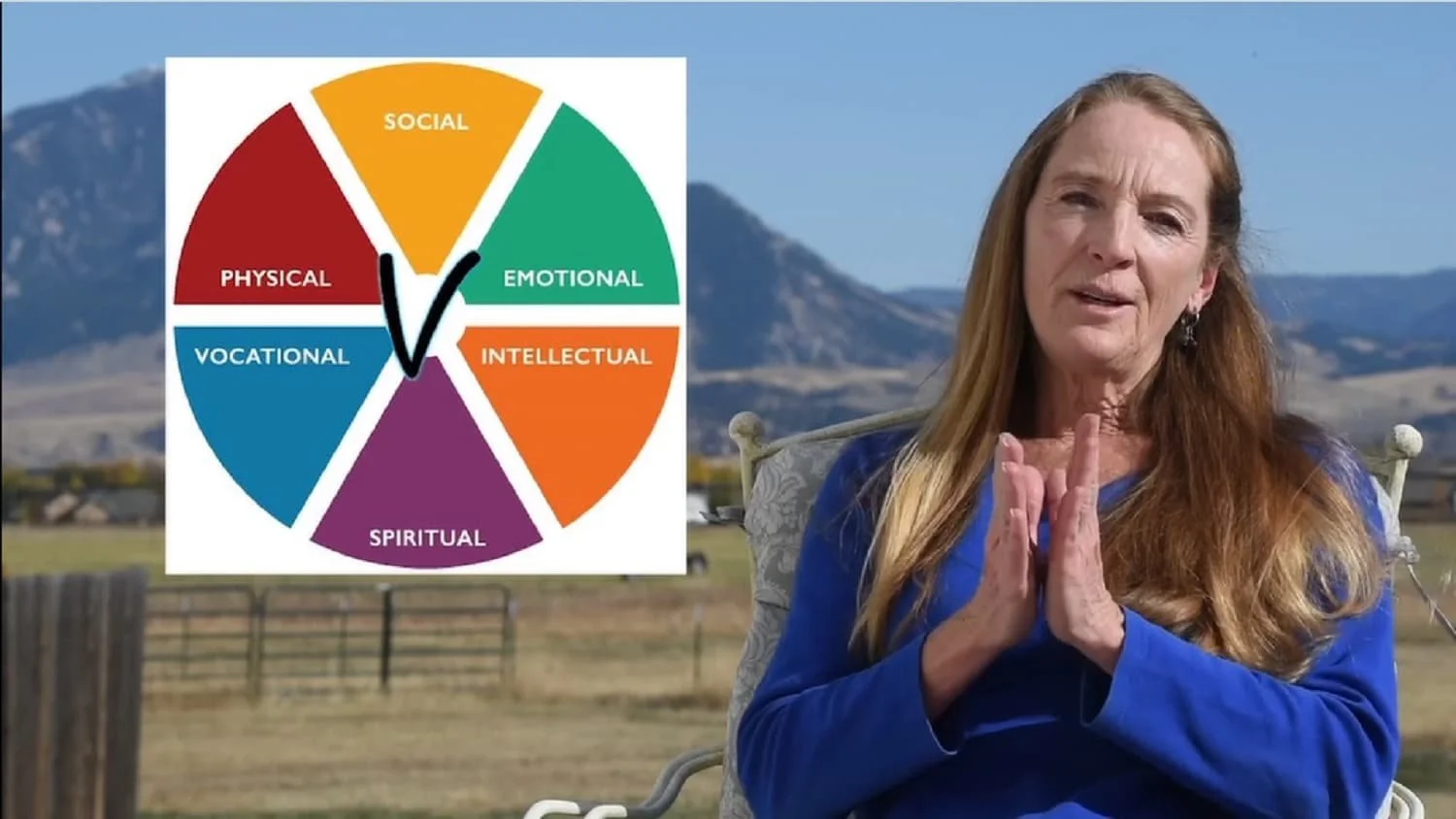Need Balance in Your Life? Check Your Wellness Wheel!
I created the short video below to describe the six dimensions of wellness as “spokes” on a wheel, and ask you draw your personal wellness wheel based on how many “deposits” you make into each dimension.
The video demonstrates the contributions each dimension of wellness is making to your overall health – more deposits create bigger, and fewer deposits create smaller, spokes. Are some dimensions carrying most of the load? Is your wheel lopsided or completely missing a spoke or two?
To draw your wellness wheel start with six pages, each having one dimension at the top and a vertical line down the middle with Deposits on one side and Withdrawals on the other. Using the brief overviews below, list “deposits” supporting well-being and “withdrawals” diminishing well-being in each dimension. These worksheets will determine the size of each spoke on your wellness wheel.
Physical Dimension – Physical Competence
The physical dimension refers to how you interact with the physical world. It includes both your physical capacities (strength, mobility, endurance) and your physical competence (maximizing abilities in the face of challenges). But it also includes other ways you support or diminish physical well-being.
Do you wear a seatbelt while driving, get adequate sleep, have regular medical check-ups, maintain a healthy weight, avoid health saboteurs like smoking? So, for example, your Physical Dimension worksheet may look something like this:
Social Dimension – Social Connection
Social isolation has emerged as a primary barrier to good health and longevity, so efforts made to improve your social well-being can pay significant health dividends. It seems pretty straight forward. Are you socially active? Do you have a close circle of friends and/or family that you interact with regularly?
But it’s actually more related to how truly connected you feel to others and whether your relationships are healthy and mutually supportive. I’ve often said that a person can feel lonelier in a room full of people than sitting at home alone, and if your close relationships could easily land you on the Dr. Phil show, then you have some work to do in this area!
Social deposits include positive interactions with co-workers, family, friends, neighbors, even strangers; are you giving as well as receiving social support?
Social withdrawals may include regular conflict at work or home, surly interactions with strangers, feeling resentful towards others, etc. If you’re regularly embroiled in conflict in all areas of your life, then it’s time to consider the common denominator (you) in this social equation.
Emotional Dimension – Emotional Agility
I refer to this dimension as emotional agility. It’s not about being happy all the time but more about how you navigate the ups and downs of life, how you express your feelings, recognize your abilities, and manage stress.
The building blocks of resilience play a big role in emotional well-being, including gratitude and optimism, confidence and self-esteem, engagement and social support, and meaning and purpose.
Everyone has different ways of uplifting emotional well-being: music, giving or helping others, immersion in nature – this list is endless. Become consciously aware of what supports and what diminishes your emotional well-being and create a deliberate plan of action.
Spiritual Dimension – Connection with Something Greater
For some people this dimension represents a connection to a specific faith-based group or religion. For others it may simply be a connection to something greater than “self.” Many people refer to having a spiritual connection to animals or nature.
An important component to spiritual well-being is having meaning and purpose in life which often relates to the basic human need to give as well as receive and to be of value to self and others. What do you do that fosters awe, wonder, gratitude, a sense of purpose, or a connection to your definition of a higher power?
Intellectual Dimension – Intellectual Curiosity
It’s not about your IQ or level of education! It’s related to your level of curiosity about the world around you and willingness to explore new ideas and experiences. Intellectual wellness also refers to taking regular steps to optimize general brain health like making healthy food choices, managing stress, getting adequate sleep and deliberately engaging in cognitive challenges.
Research also shows that what’s good for your body is also good for your brain. When you’re physically active your brain is bathed in oxygenated blood which directly supports brain health!
Vocational Dimension – Vocational Engagement
This dimension may have to do with a job if you’re in the work force but also relates to hobbies, skills, volunteering, and other interests outside of work. It’s really about pursuing things you enjoy – especially those that bring meaning and purpose to life, and things that allow you to set and meet goals.
Do you have a bucket list? What skills would you like to learn or enhance? Do you spend adequate time doing things that matter – things that intrigue you? As you list things that support your vocational well-being (or don’t), consider if your life is as full, diverse, and meaningful as you would like it to be.
How Balanced Is Your Wellness Wheel?
Take the time to list deposits and withdrawals on each of your six worksheets. Now, draw your wellness wheel to see if each dimension is carrying its share of the load! If it’s balanced – congratulations!
Is your wellness wheel balanced? If not, what are 3 things you could do this week to better balance your wellness wheel? How do you create balance in your life? Are there specific tools that help you?
Let's Have a Conversation!


